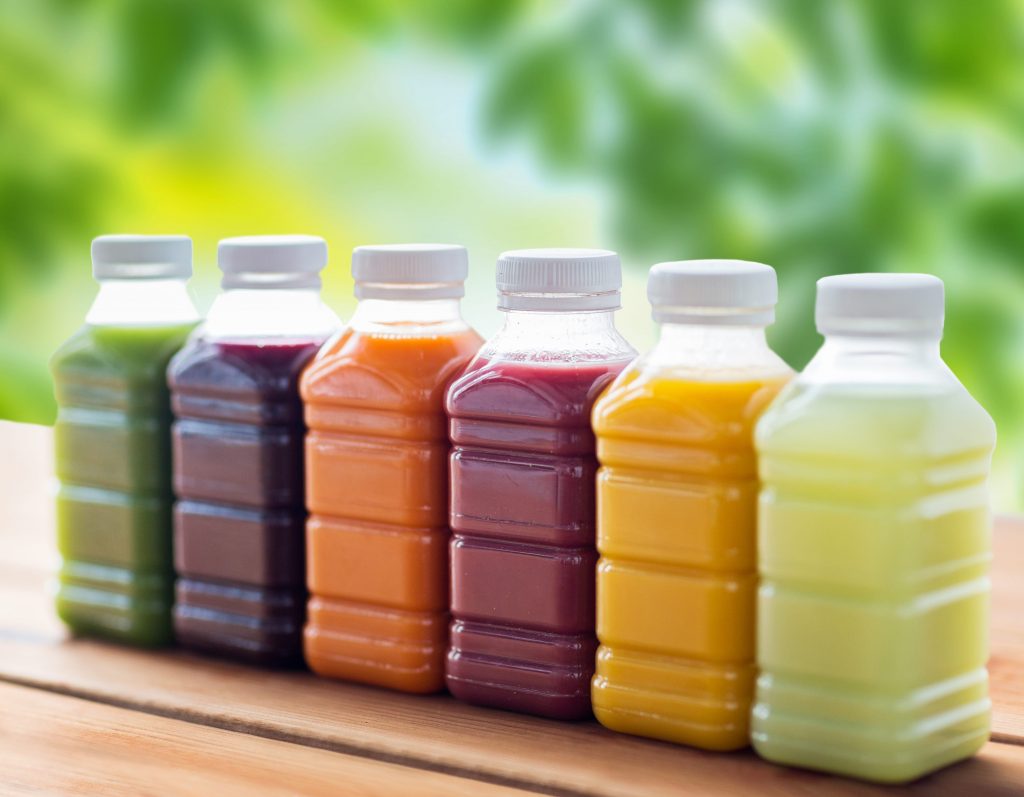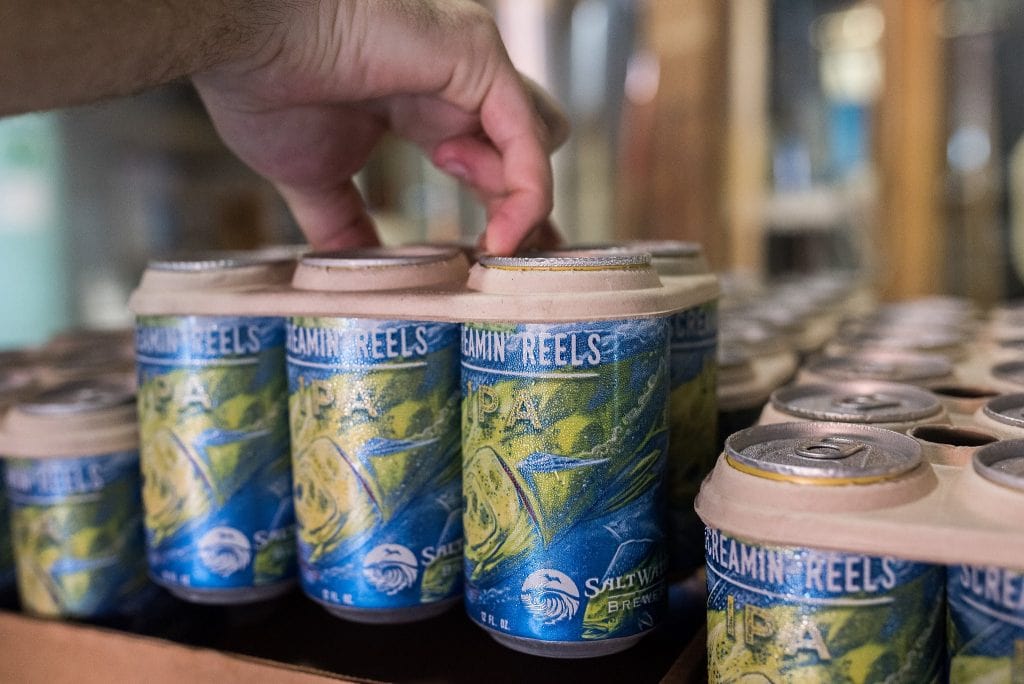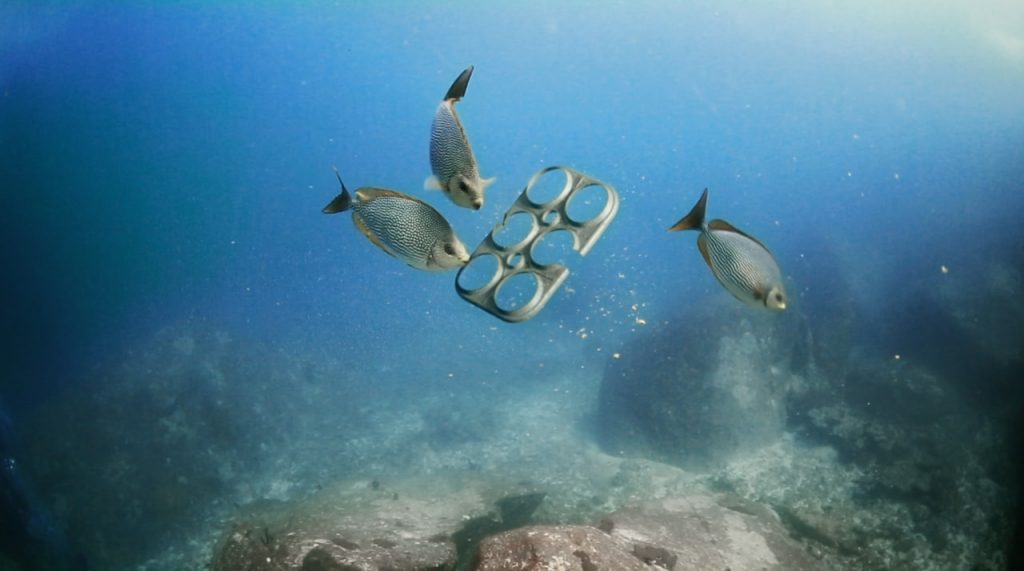Chapter 5. Packaging, waste and the real challenge ahead
Towards a circular food chain
By Paul Jenkins
“The amount of food waste throughout the supply chain is truly shocking and should be seen as a serious problem on a scale to the challenge of waste packaging.”
An environmental disaster is on the horizon and blame is being aimed squarely at plastic. People are rightly concerned but plastic packaging is often vital and necessary. Critics often overlook that the ultimate aim for retailers is to make a profit. Packaging comes at a cost and, if it were easy to get rid of it to reduce overheads, many retailers would jump at the chance. But packaging protects and maximises the shelf life of the things we all need. Without it, food waste levels would be unimaginable so it is the issue of food waste, not plastics, we should focus on.
Plastic waste is all around us and images of marine animals coming into contact with plastic pollution are incredibly emotive. In contrast, the problem with food waste is essentially the C02 being produced. No matter how large a carbon footprint, it remains invisible. A rise in the Earth’s temperature by a couple of degrees is hard to appreciate as being significant. But it is. We need a balanced approach that tackles the challenges of plastic and packaging waste as well as the serious issues of increased carbon emissions.
Unfortunately, the perfect packaging format does not yet exist; all have both upsides and downsides in terms of their environmental impact. Some brands are using the current demand for less packaging as an opportunity. Iceland has received much positive publicity for announcing all its own-brand products will be plastic-free, while Lush now have packaging-free products and stores.
But most brands who sell in-store will struggle with this approach. After all, one of the purposes of packaging is to allow brands to promote themselves and their product. It would be almost impossible to get their values across without it.
We need several approaches. The introduction of innovative new packaging formats can help address the problems of both food waste and packaging pollution.
Another option would be a return to more traditional packaging materials such as metal and glass. In many ways this seems the obvious solution, with these materials boasting impressive recycling rates and the infrastructure for processing already in place. However, these materials remain heavier and costlier to transport than plastics. Although developments in lightweighting continue, there is only so much weight you can take out of an item before compromising its integrity and functionality.
Nevertheless, I think that recycling rates for these materials will continue to improve, and that reuse will grow in popularity in the short term. Several big names are set to trial Loop, a scheme by which packaging is collected, cleaned, refilled and reused. Delivering and returning products puts additional vehicles on the road, potentially negating the benefits of the scheme. Additionally, the condition of the packaging will inevitably deteriorate and eventually become less acceptable to consumers. Time will tell how well this will work but credit to TerraCycle and the brand owner partners for looking at innovative and different ways to prevent packaging waste.
E6PR (Eco Six Pack Ring). This small tech start-up is dedicated to the elimination of plastic rings and has created an environmentally friendly alternative to plastic rings. The six-pack ring is made from a wheat and barley by-product that is edible to marine life but also sustains the usual wear and tear associated with transport and storage. Appropriately, the product is already being used by Florida’s SaltWater Brewery on its line of Screamin Reels IPA.
So what will food packaging look like in a future where food waste is minimised and plastic pollution is a thing of the past? Compostable and biodegradable plastic will continue to gain traction. It preserves food effectively and is lightweight so, as a packaging material, it does not represent a significant compromise on plastic.
How the materials are disposed of still presents a challenge and consumer education here is key. Currently the facilities to process these types of packaging are not widely available, and this is not going to change imminently.
In the meantime, brands and retailers will continue to be challenged to place packaging on the market that meets the needs not only of the consumer, retailers and brand owners but also the planet.
Paul Jenkins is managing director of ThePackHub, packaging innovation consultants.
Click to download the full report
Pelican Communications is a specialist in the environment & CSR, food, packaging & logistics and trade association sectors and offers a range of services such as strategy, design, content creation, public relations and people development.
Contact us for marketing and communications expertise.



